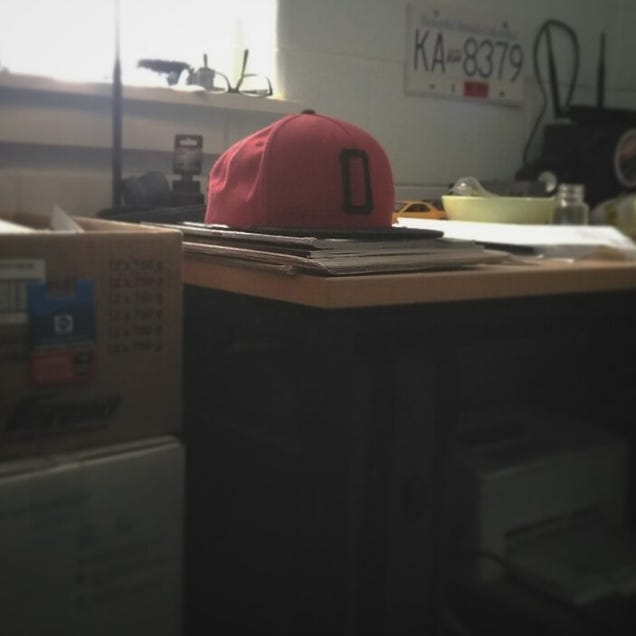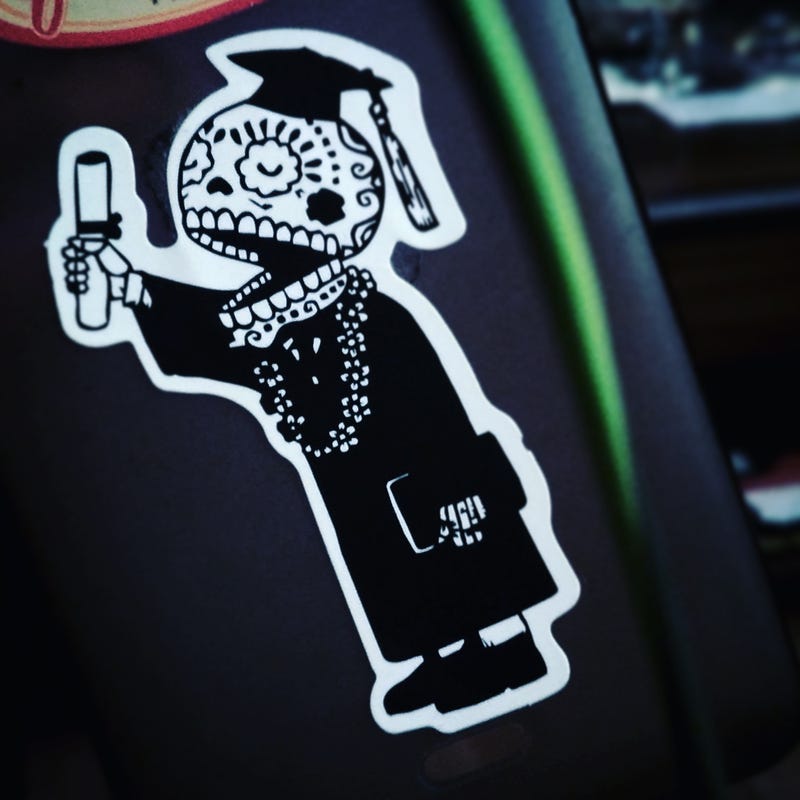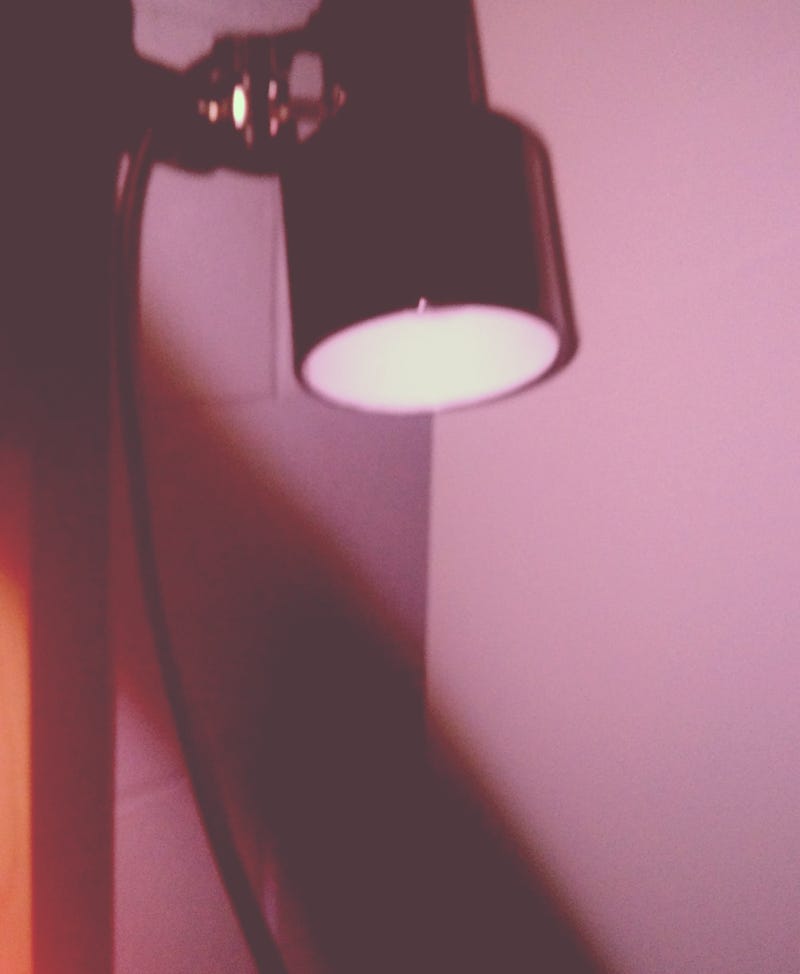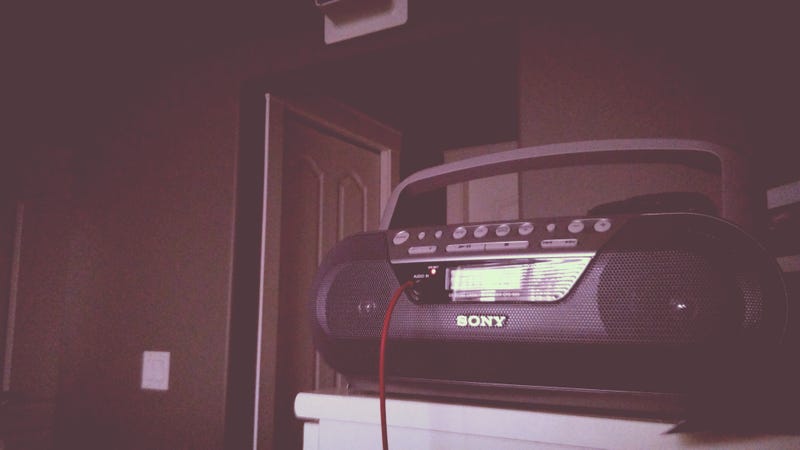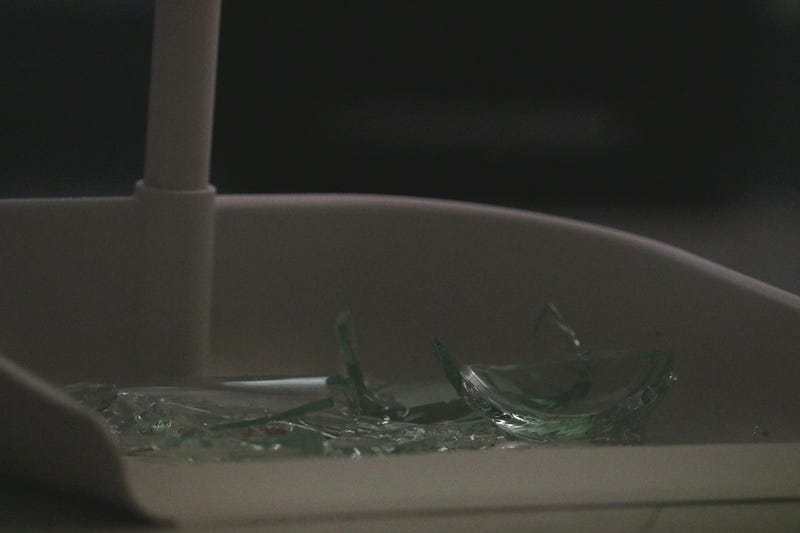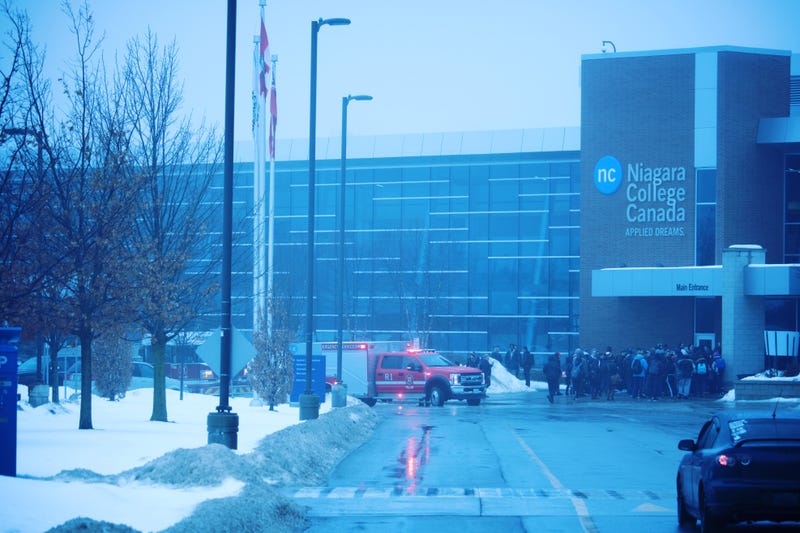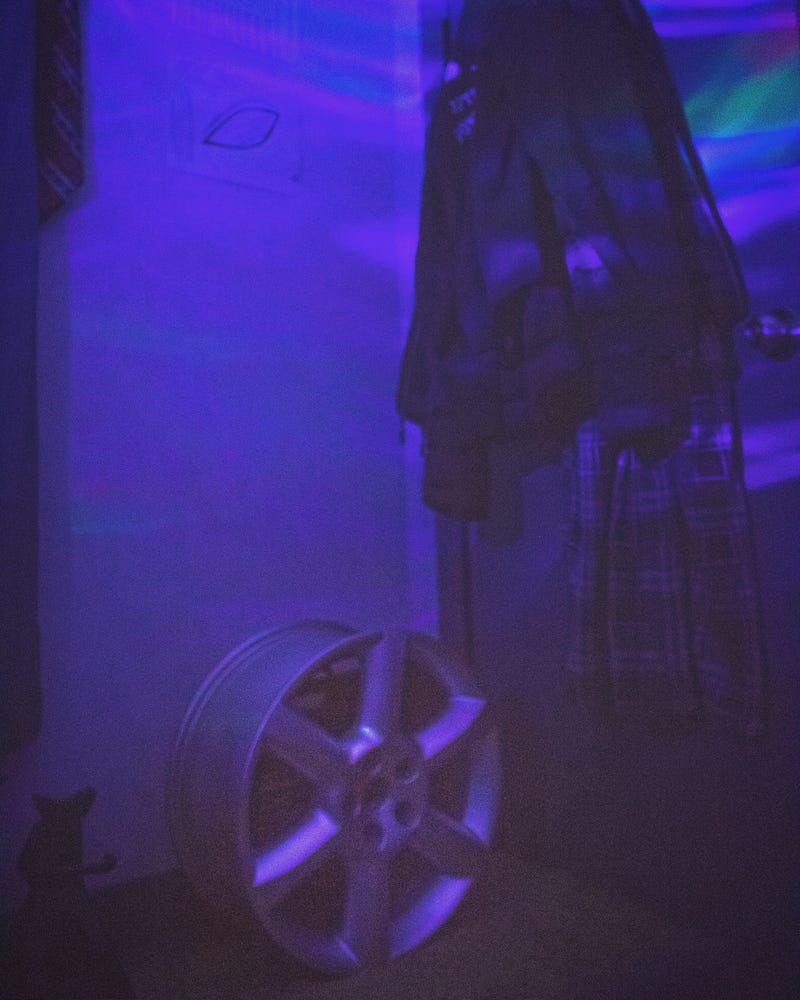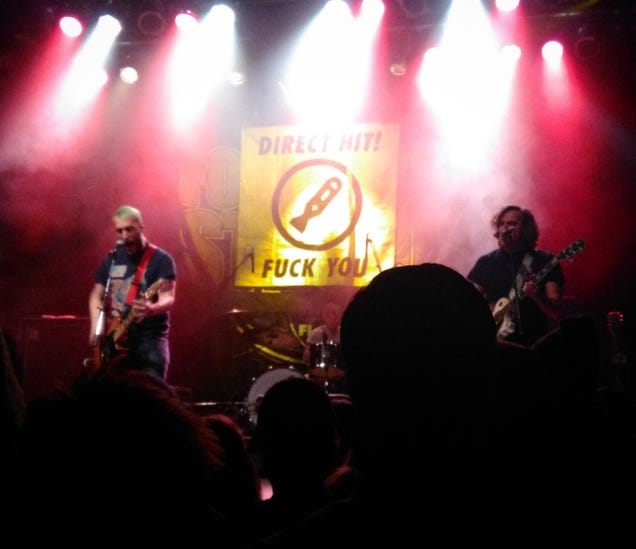Ok you guys are giving me a lot of great feedback so bear with me as I respond to everyone.
02Pilot said:
Sometimes looking at a very small version helps too - it eliminates lots of little details so you can see the big picture (so to speak).
Yeah, I actually use Lightroom's library thumbnails for just that. It really helps.
I recall reading a reminiscence of a Magnum photographer who said that Cartier-Bresson drove him nuts by always looking at his contact sheets upside down - he claimed it made it much easier to identify the good photos because the composition stood out regardless of the subject or orientation.
Ok now I'm going to try that too. It reminds me a of a trick we used when I was a fine arts student. We would use a mirror to look at our work more objectively. It gives a fresh perspective on the composition and highlights a lot of the more awkward proportions we're somewhat blind to when it's our own work.
In your photo, there are lots of pairs of lines that stand out much more in the B&W version. Look at the car and several areas on the back wall. These pick up on the same idea as the legs of the crewman (imperfectly, as his legs aren't straight, but you take what you can get), and add a lot to the compositional interest of the shot. Same for the pattern of the floor and the patches on the crewman's coverall leg.
First of all, great observation. I love analyzing the structure of images, so thanks again for taking the time. If you put in the effort into looking for the underlying direction created by line/value/color/etc. it can tell you a lot about what the artist intended. That said, I think my photography is still finding a better balance between intent and opportunism.
Honestly, it works better in BW than I expected, but my concern is that image is so busy visually that the color version helps the eye render what it is looking at. My monochrome images tend to be simpler for that reason. I'll share them later, but I don't want to hog up this thread more than I have.


















